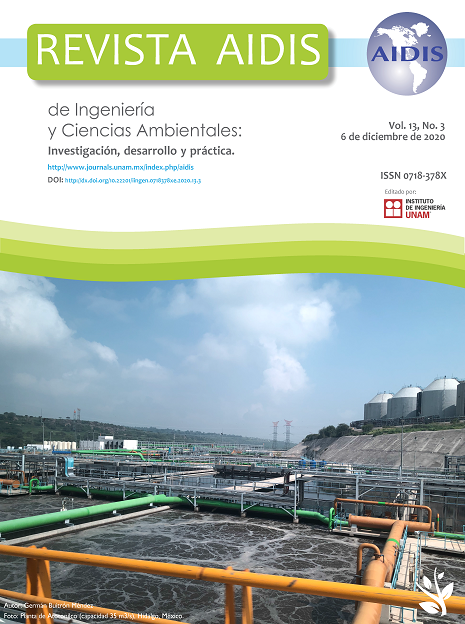STRUCTURAL GROUTS WITH PARTIAL REPLACEMENT OF NATURAL AGGREGATE BY CERAMIC RESIDUES (CR)
Contenido principal del artículo
Resumen
This paper aims at investigating the behavior of structural grouts with partial replacement of the natural coarse aggregate by 50% of ceramic waste (CW). Five mixtures were dosed, varying in the addition of CW replacement, hydrated lime and superplasticizer. The fresh and hardened properties of each composite were analyzed through the slump test, compressive strength, capillary and total water absorption. Concerning the hardened state, grouts with CW addition and superplasticizer had the best results. Ceramic aggregates provided a 8% increase in compressive strength compared to the reference mixture, reaching almost 30 MPa for the matrices with CW and superplasticizer. Besides that, total and capillary water absorption were reduced by 2.5 times comparing to the references. However, the highest slump loss was obtained for grouts with CW and superplasticizer, despite their satisfactory consistency during the first 30 minutes, once that the chemical admixture loses its effect after this period. On the other hand, grouts with CW replacement and without superplasticizer mantened consistency for a 120 min and, even with a higher w/c ratio, their compressive strength reached 20 MPa, still above the 14 MPa required for structural grouts, according to ASTM C476. The addition of hydrated lime, in its turn, did not provide such an enhanced mechanical behavior to justify its use. Therefore, CW replacement of natural coarse aggregate is suitable to produce structural grouts.
